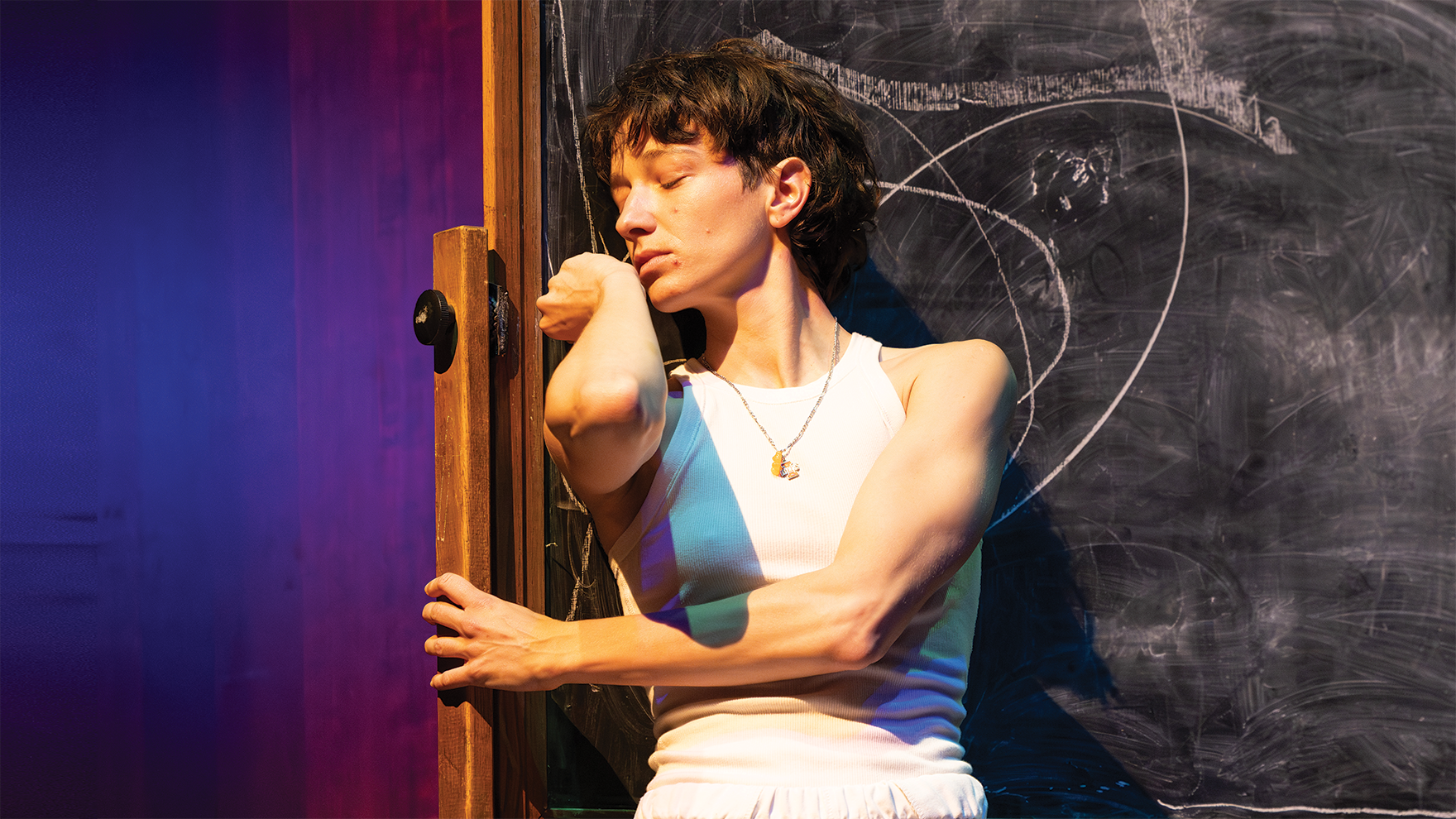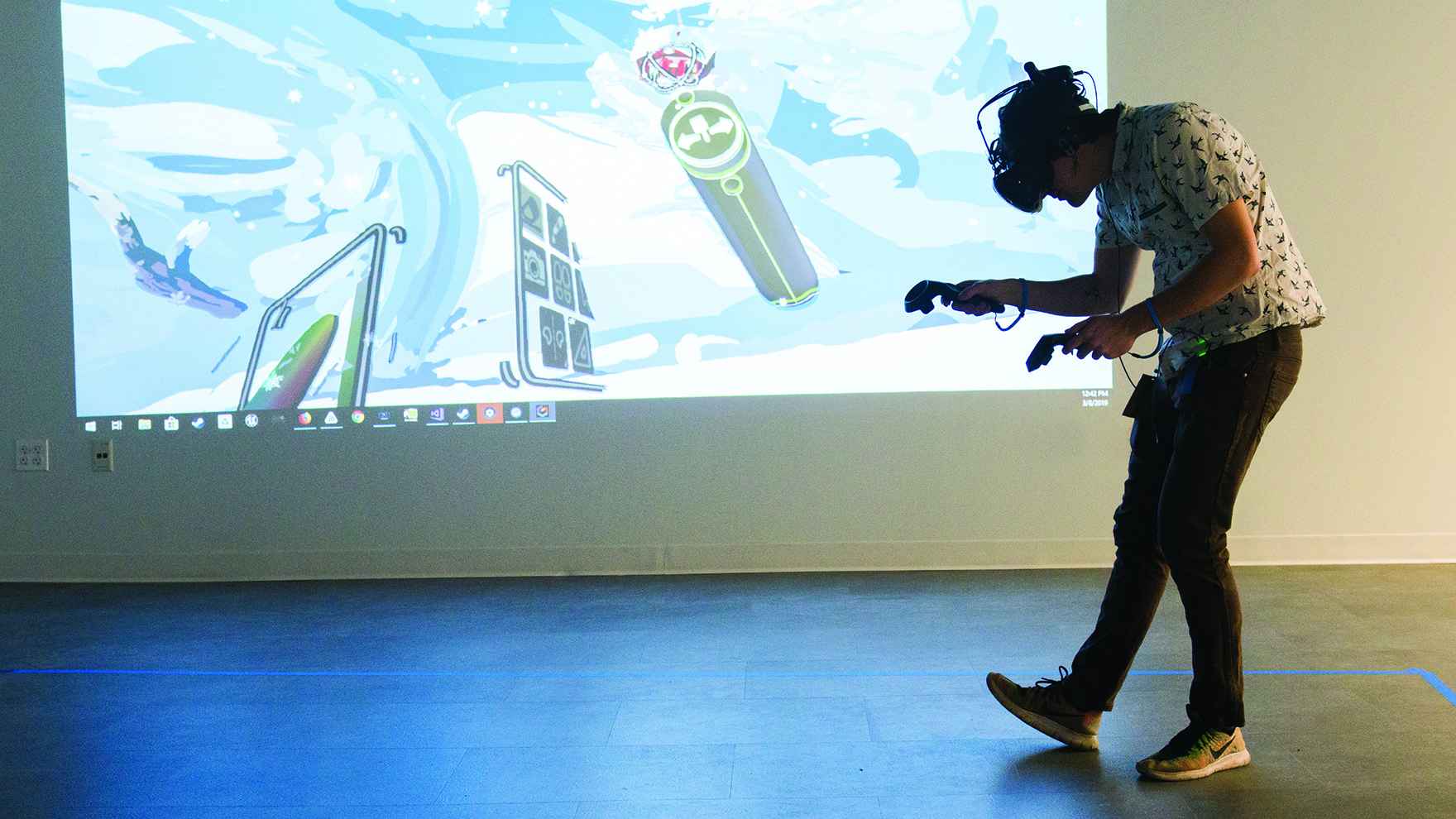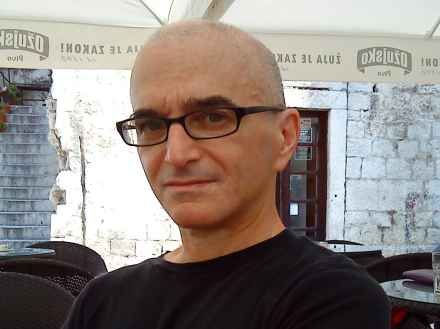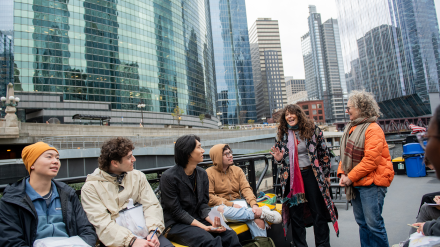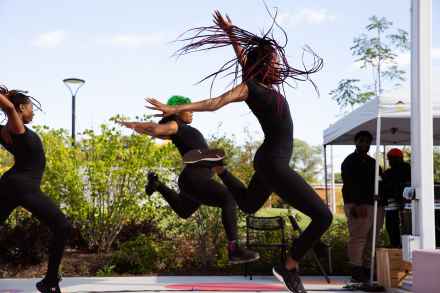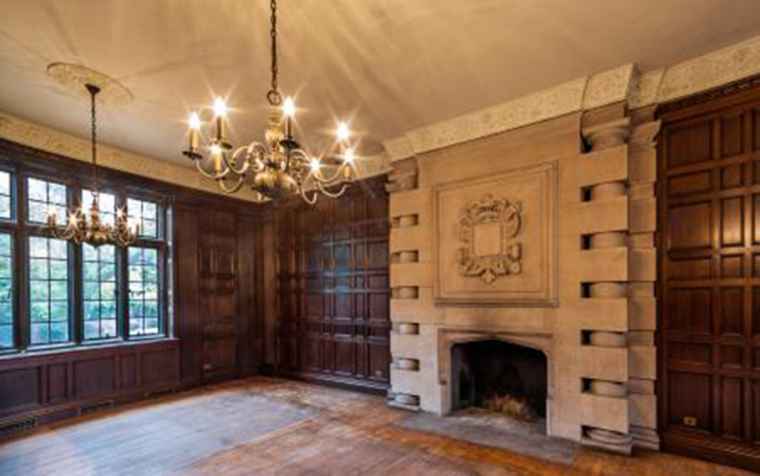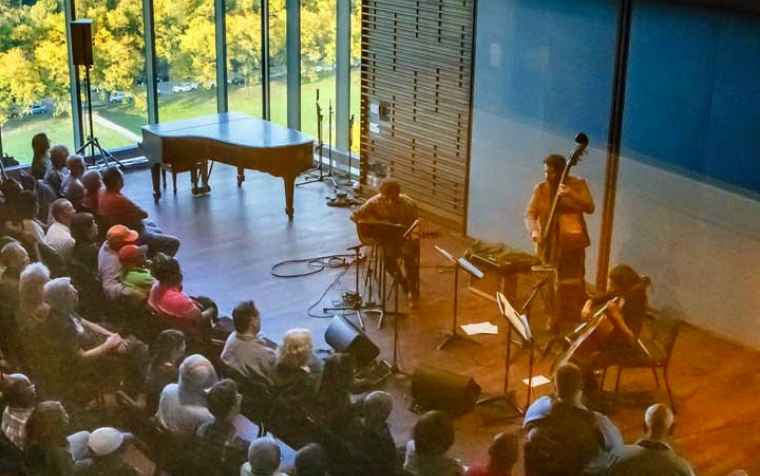International scholars recognize UChicago professor's original thinking
UChicago Prof. Eric Santner does not belong to one discipline. Instead, he has explored different fields, which has led him to develop diverse concepts that combine literature, philosophy, psychoanalysis, and religious thought.
In tribute to his intellectual contributions, the "Angelaki, Journal of the Theoretical Humanities," recently devoted an entire special issue to him called “Politics of the Flesh.” The issue contains articles written by an international group of philosophers, theologians, legal scholars, political theorists, and literary scholars who have found in Santner’s work resources for rethinking problems in their own areas of research. The authors presented many of these papers at an international conference called “The Weight of All Flesh” held in Munich in June 2023 at the Hochschule für Philosophie.
Welcome to Haven Academy
Throughout your exploration of this world, you discover a number of mysteries and solve puzzles, all while interacting with characters and your fellow students en route to discovering deeper truths about the university—and working together to make a big decision.
This is Haven Academy, a multimedia role-playing game created by UChicago scholars and students to help orient first-year College students to the Core curriculum, university life and the Chicago Principles of free expression. This summer, more than 1,000 incoming first-years engaged with Haven during Orientation—and the game has been made available to all undergraduates to play and experience over winter break.
UChicago students engage their senses outside the classroom
On an unusually warm November day, a group of University of Chicago students walked through Jackson Park in Chicago, listening for natural and unnatural sounds. Bird calls were drowned out by crunching gravel, and the hum of cars mixed with rustling leaves. Though the park appeared a natural oasis, it sounded far from bucolic.
This Autumn Quarter, the course “Sensing the Anthropocene” challenged students to engage senses often dulled in the classroom: hearing, touch, taste and smell. Co-taught by UChicago scholars Amber Ginsburg and Jennifer Scappettone, the course took students across Chicago to grapple with how our built urban environment has transformed the natural one.
Humanities scholar analyzes racial perceptions through architecture and home ownership
Assoc. Prof. Adrienne Brown’s groundbreaking research connects the architecture of skyscrapers and the propaganda of home ownership to key transformations in race’s perception. She finds strong evidence to support her argument in political, organizational, and literary sources of the 20th century, with culprits as varied as politicians like Herbert Hoover, organizations such as the National Association of Realtors, and writers like F. Scott Fitzgerald.
Her first book, The Black Skyscraper: Architecture and the Perception of Race (2017), shows the skyscraper’s influence on the shape of modern U.S. cities and the racial perceptions of its residents. For Brown’s insights, her first book won the Modernist Studies Association’s 2018 First Book Award. Her new book, Residential Is Racial: A Perceptual History of Mass Ownership (2024), is equally groundbreaking as she discusses how mass homeownership changed the definition, perception, and value of race in the U.S.

